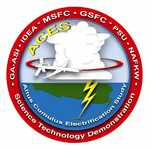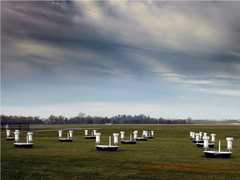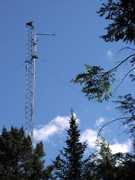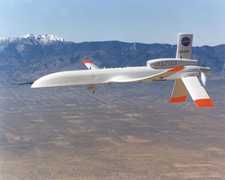
Altus Cumulus Electrification Study
Global Water & Energy Cycle, Weather
- 1
- view all deployment datesDeployment
2002-08-02 2002-08-30 - 3
- Platforms
- 6
- Data Products
The Campaign
The Altus Cumulus Electrification Study (ACES) was a field investigation focused on examining electrical activity in storms and validating satellite observations from the Lightning Imaging Sensor (LIS). ACES included a single deployment in August 2002 over the Florida Everglades. An uncrewed aerial vehicle (UAV), ALTUS II, was used to collect electric-field and lightning measurements in thunderstorms. Ground-based observations from various lightning detection networks were also gathered. ACES supported NASA's TRMM mission and the UAV Science Demonstration Program.
N: 26°N
S: 23°N
W: 83°W
E: 80°W
Additional Notes
Repositories

Field Site

Permanent Land Site

ALTUS II
Events
Filter data products from this campaign by specific platforms, instruments, or formats.
